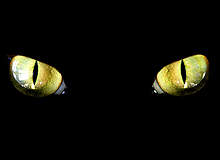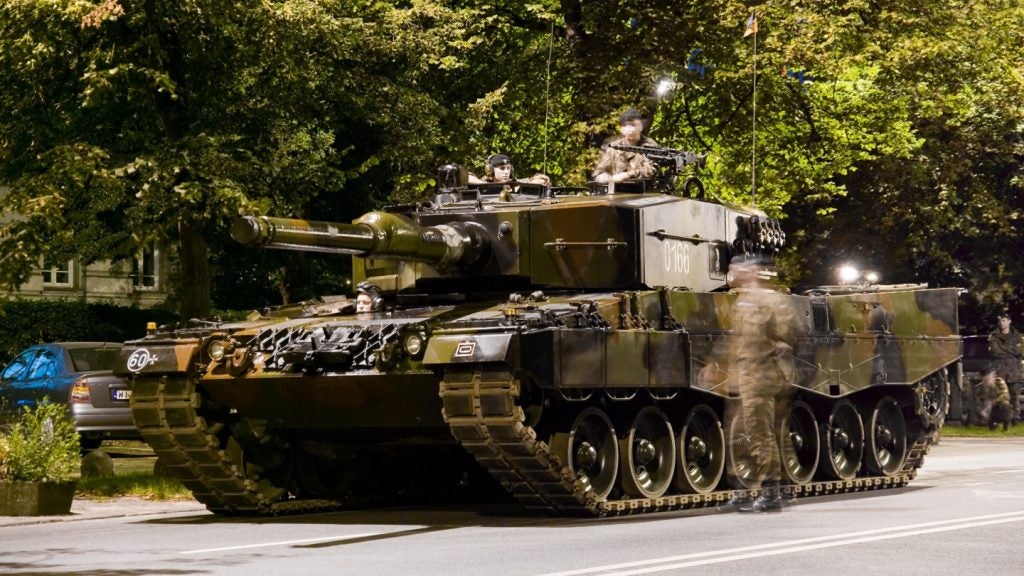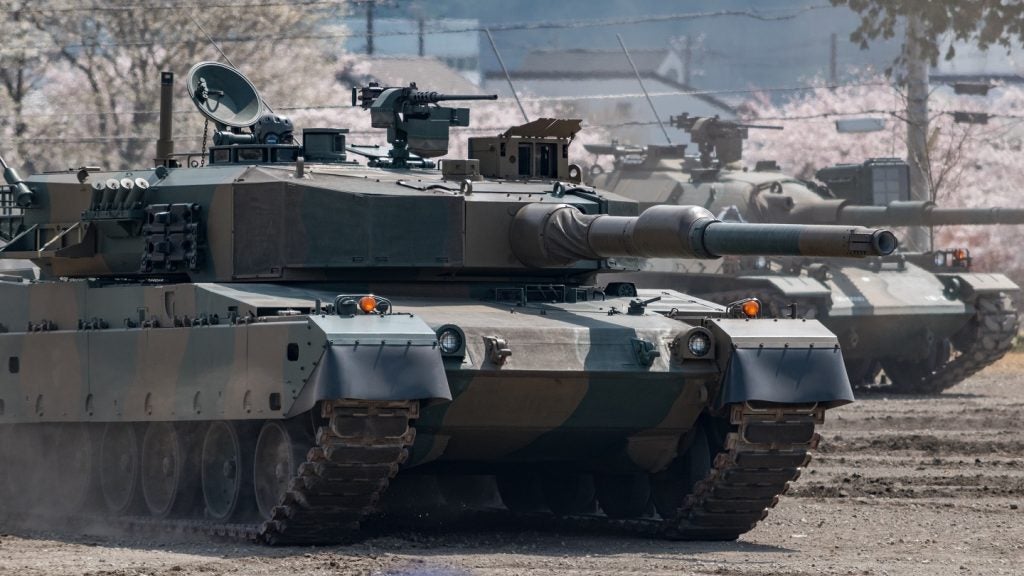
In March 2010, the newspaper USA Today cited a telling incident that shows just how important night vision technology is to coalition forces in Afghanistan – and also how vital it is to prevent such technology falling into the hands of Taliban fighters.
The paper recounted how, on a recent night mission, a commando had his helmet-mounted night vision goggles shattered when he jumped out of a helicopter. The team subsequently scoured the ground on hands and knees and brought back as many pieces of the goggles as they could find.
Night vision technology clearly gives coalition forces an essential upper hand against the Taliban, which, for all its tenacity, is largely an ill-equipped insurgent force. US troops tend to wear items that are easily recognisable through the goggles, making it easy to find one another on the battlefield.
Conversely, of course, it can also mean they will become much more visible to any enemy fighters who have somehow acquired the technology themselves. Security around such technology is therefore understandably tight; of nearly 4,000 sets provided to Afghan forces by the US, just one pair has been reported lost.
Night vision challenges
When it comes to the procurement of night vision technology, the conflict in Afghanistan has created its own challenges and priorities as well as changes in thinking, argues Steven Bowns, director of consultancy Technology Futures.
How well do you really know your competitors?
Access the most comprehensive Company Profiles on the market, powered by GlobalData. Save hours of research. Gain competitive edge.

Thank you!
Your download email will arrive shortly
Not ready to buy yet? Download a free sample
We are confident about the unique quality of our Company Profiles. However, we want you to make the most beneficial decision for your business, so we offer a free sample that you can download by submitting the below form
By GlobalData"People often think that night vision is just about goggles and weapon sights but nowadays, particularly when it comes to procurement, you have to cover a much wider field, such as whether or not you are going to need to see through cloud, dust, whether you will need to track enemy vehicles, whether you will need a platform that will work at height, at medium level or on the ground and so on. So there are a lot of issues to consider," he says.
There are many different sorts of night vision technologies, encompassing image intensification, active illumination and thermal imaging (See in the dark, this page), each with their advantages and disadvantages in different combat and environmental situations. For example, Bowns points out that thermal imaging and short-wave infrared sensors (SWIR) can be effective in helping troops (and helicopter pilots) to see through dust, a particularly important issue in a theatre such as Afghanistan. However, thermal imaging cannot see through plates of glass (and therefore can be limited in an urban environment) while particles of water vapour can also block an imager.
SWIR
One of the key companies in the US at the cutting edge of night vision technology is Goodrich, especially through its subsidiary Sensors Unlimited. The capabilities of SWIR, it argues, has made it in effect the "next generation" of imaging technology for ground, airborne and space technology, particularly in theatres such as Afghanistan.
What SWIR offers is its ability to operate in conditions such as starlight, using weak natural lighting and "atmospheric nightglow", or hydroxyl ion emissions that can be picked up by SWIR imaging. SWIR technology can also help when it comes to recognition of targets, something absolutely critical in Afghanistan.
"Whereas long and medium-wavelength infrared sensors are able to spot targets based solely on their heat emissions, SWIR cameras and sensors see reflected light in the shorter wavelengths just beyond the visible range," the company explains. "As a result, the images are close representations of what is seen in the visible spectrum. Humans are very recognisable, with the typical difference being that all hair shows as white due to the lack of moisture in hair; conversely, skin shows darker, due to its high moisture content. It is said that long and medium wave sensors provide detection, while SWIR and visible sensors provide recognition. The beauty of SWIR is that recognition can be achieved covertly in darkness," it adds.
Similarly, lasers operating in the SWIR portion of the spectrum are eye-safe, meaning the wavelengths of light will not easily penetrate the cornea of the human eye, with lasers working at 1,550-nanometre wavelength also invisible to the human eye, and therefore ideal for covert operations.
"An entire area may be lit with SWIR illumination that is totally invisible to the human eye, yet bright and clear to SWIR cameras. Similarly, a single target of interest might be illuminated by a focused laser beam for easy viewing or tracking," explains Sensors Unlimited.
SWIR imaging will also provide images similar to what would be seen with the naked eye, lessening the chances of friendly fire incidents. And night-time convoys can be equipped with SWIR running lights.
"With this sort of technology you have a fighting chance of it seeing through even the very fine dust you tend to get in Afghanistan," agrees Bowns.
But the increased scope, complexity (and expense) of the technology available means it is imperative that sensible procurement guidelines are in place to match the conflict pressures, he argues.
"The military will often chuck money at an immediate problem – for example the issue of helicopters and needing to land in heavy dust in Afghanistan – but then not consider whether there are longer-term issues. So, to continue with the Afghanistan example, nowadays there is a huge push to give crews the technology that will allow them to see the ground clearly," he says.
"But you also have to remember that warfare is always evolving at the same time. For example, while a lot of the focus at the moment, very understandably, is on desert warfare, jungle warfare remains really quite challenging from the night vision perspective. It tends to be that hearing works better in the jungle, so how do you maximise that?" Bowns adds.
"Do you, for example, let the technology pull you along or do stay focused on the fact that all you really need is some goggles?" he continues.
Vision of the future
The limitations of some sensors in certain environments, as we have seen, means that the future of night vision capability will probably be one where we see a fusion of sensors and technology, with the increased development of multispectrum sensors that can switch from, say, SWIR through to thermal imaging, image intensification and so on. This is a capability already available in the air that will become commonplace on the ground within five to ten years, predicts Bowns. What you need is adapted multispectral sensors where you can almost dial up the vision for the environment you find yourself in," he says.
"But then one of the biggest dangers of fusing all these things together is the extra potential it can bring for information overload. If you have, say, a dial on the side of your equipment that can switch you between infrared, thermal or SWIRL, that will be great.
"But if you then have an infantry platoon where soldiers are all using different capabilities, that creates its own problems because some people will be able to see things that others won’t. You can end up with six world views rather than one, which, in an already tense situation, could create all sorts of communication problems," argues Bowns.
This will in turn lead to challenges that have to be addressed around cognition and interpretation – with issues around how much information the human brain can actually process and how soldiers think and communicate in a combat situation, he suggests.
"The technology is going to deliver increasingly complicated streams of information – and technology can now move faster than people can work – so I think over the next ten years we are going to see breakthroughs in cognitive technology," he adds.
This article was first published in our sister publication Defence & Security Systems International.







